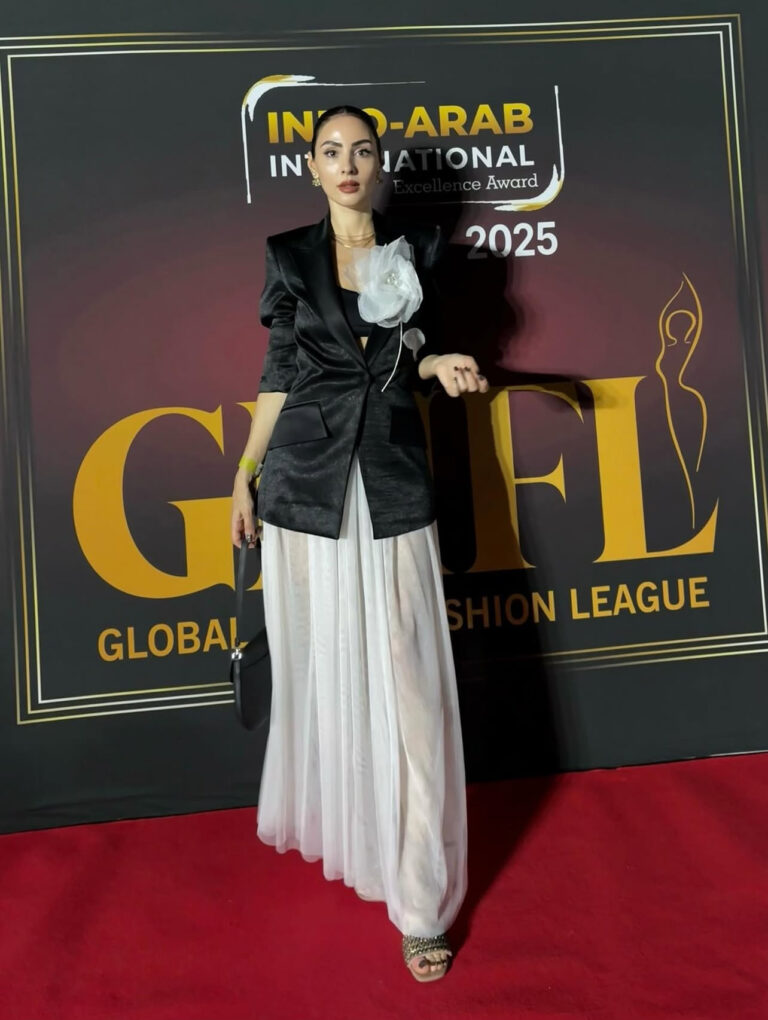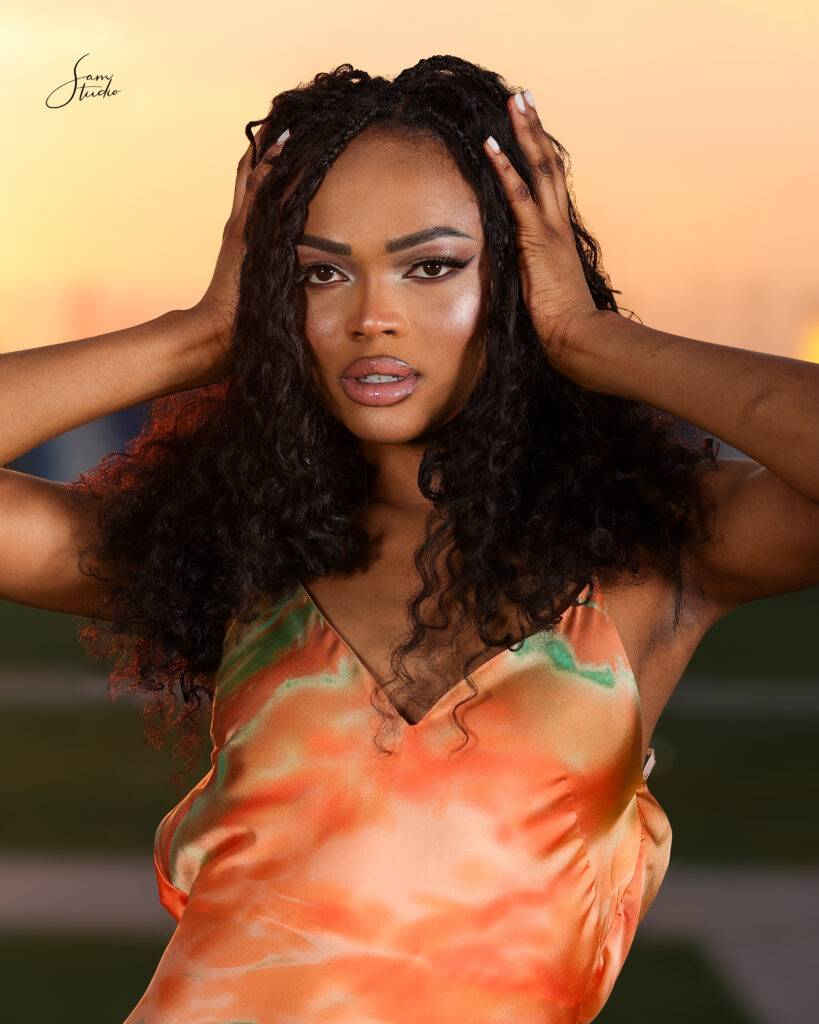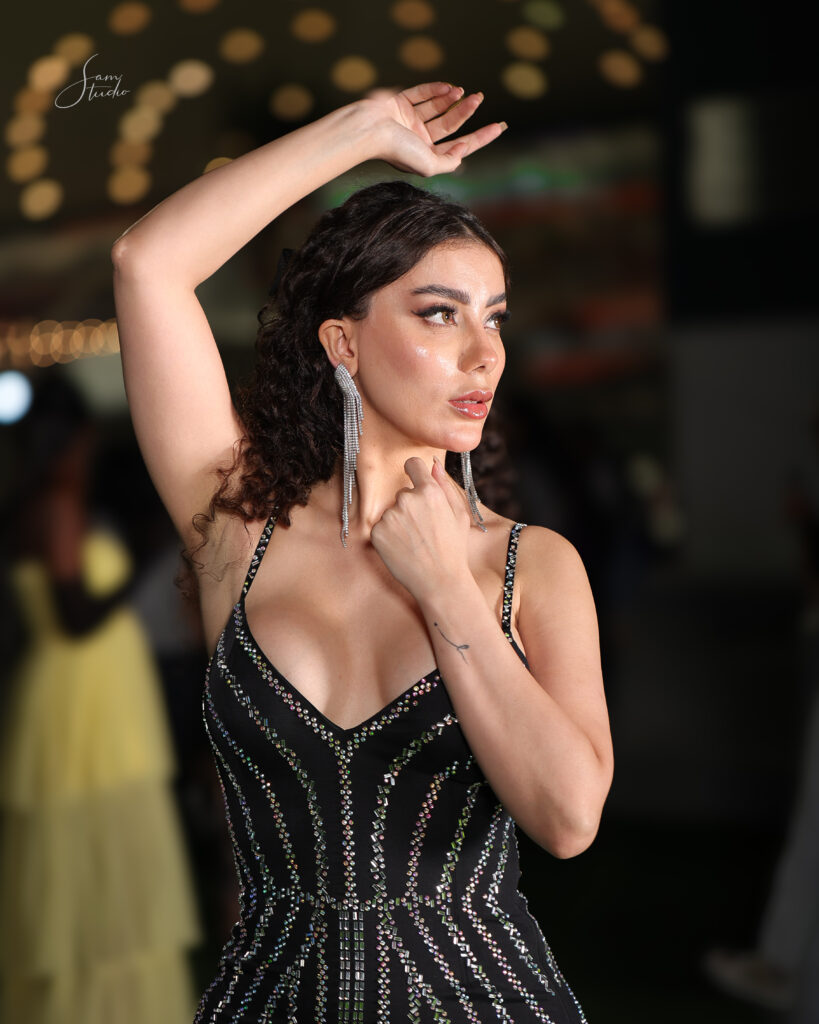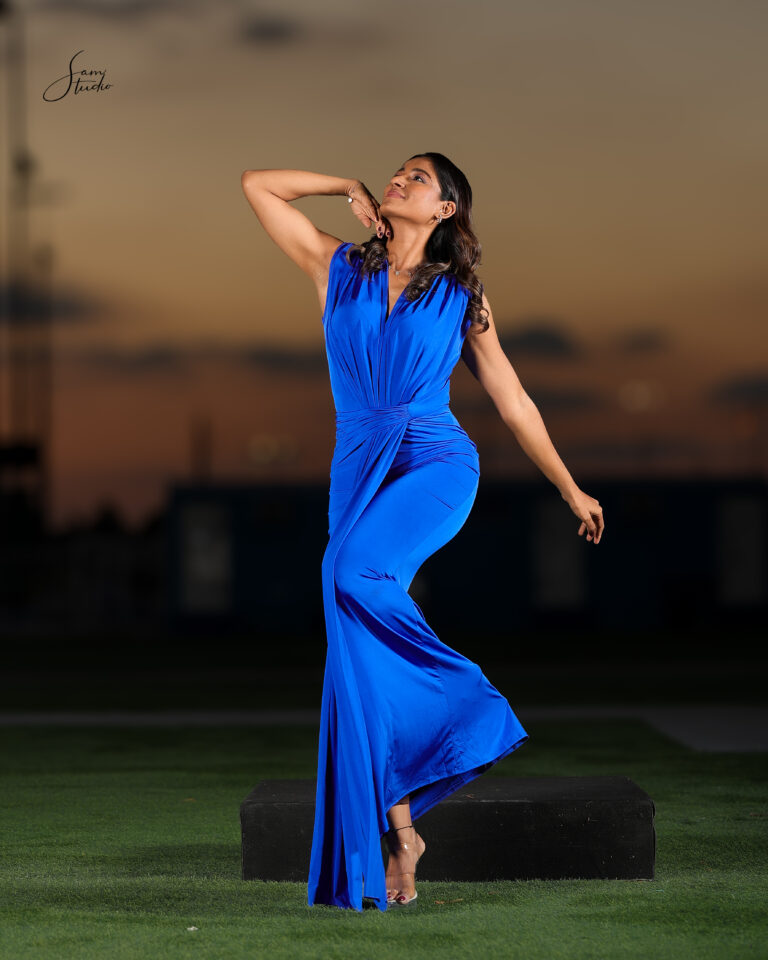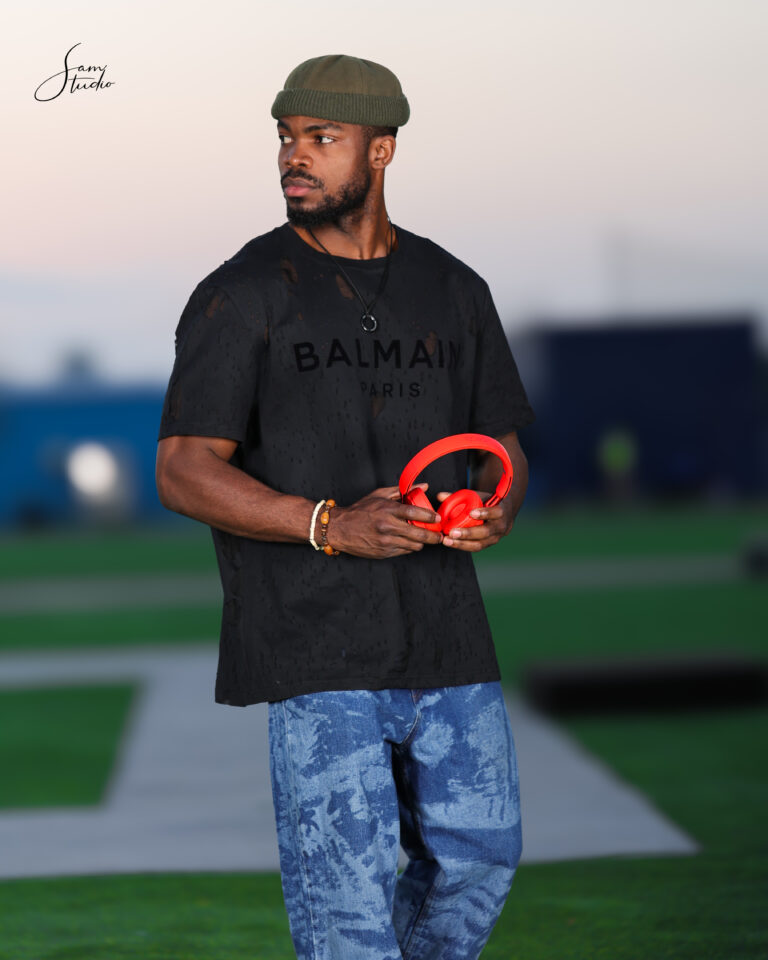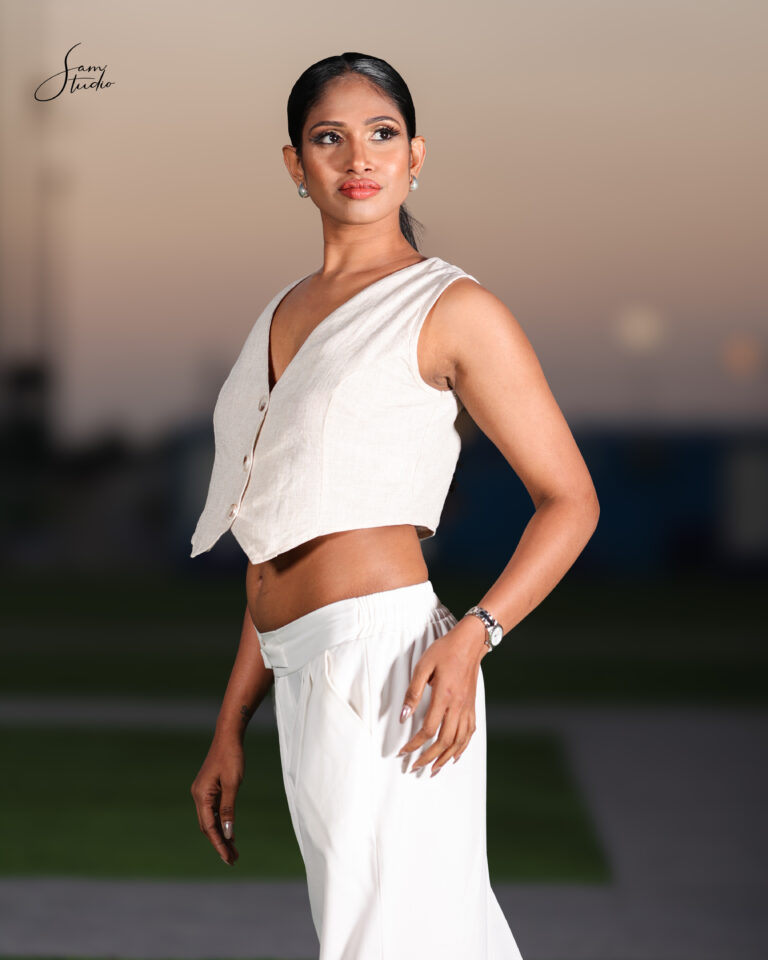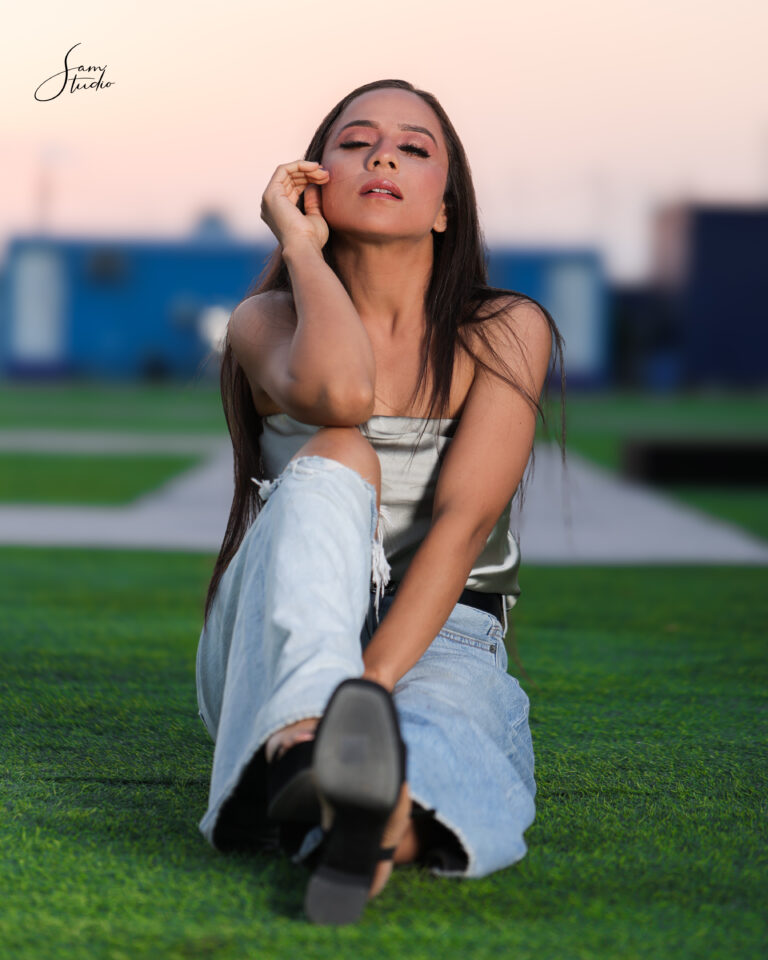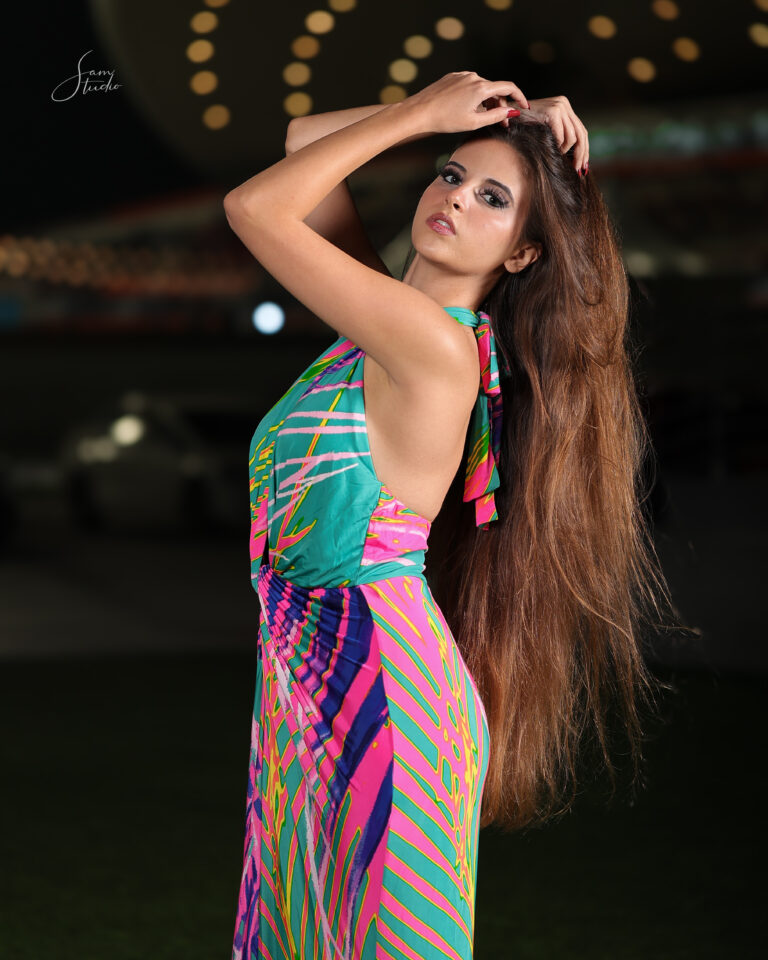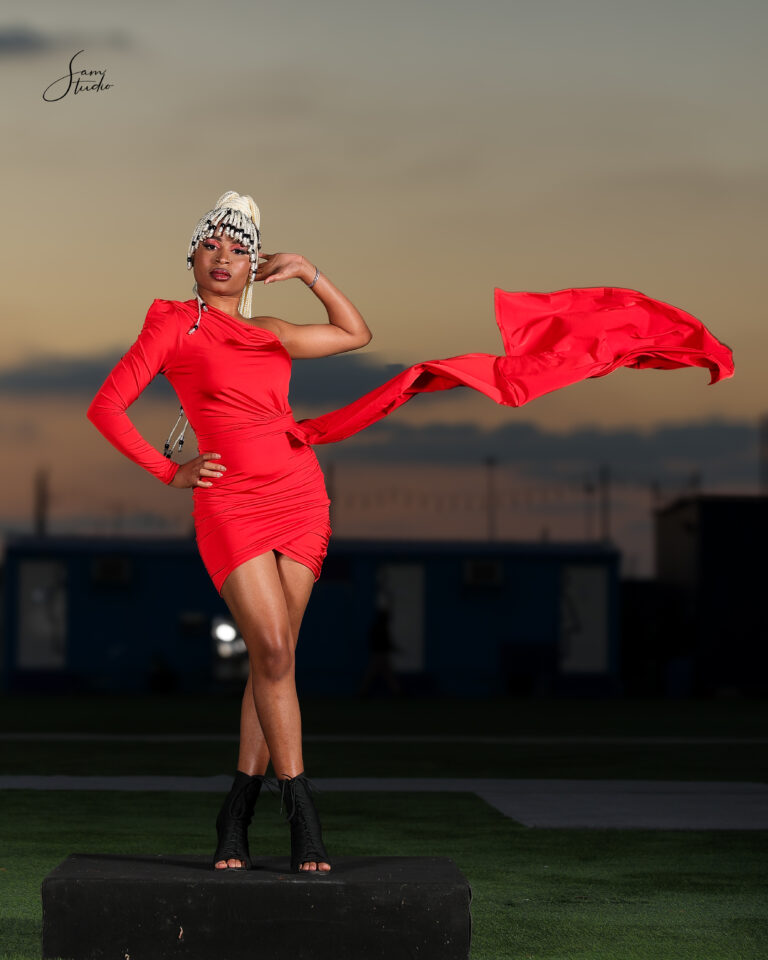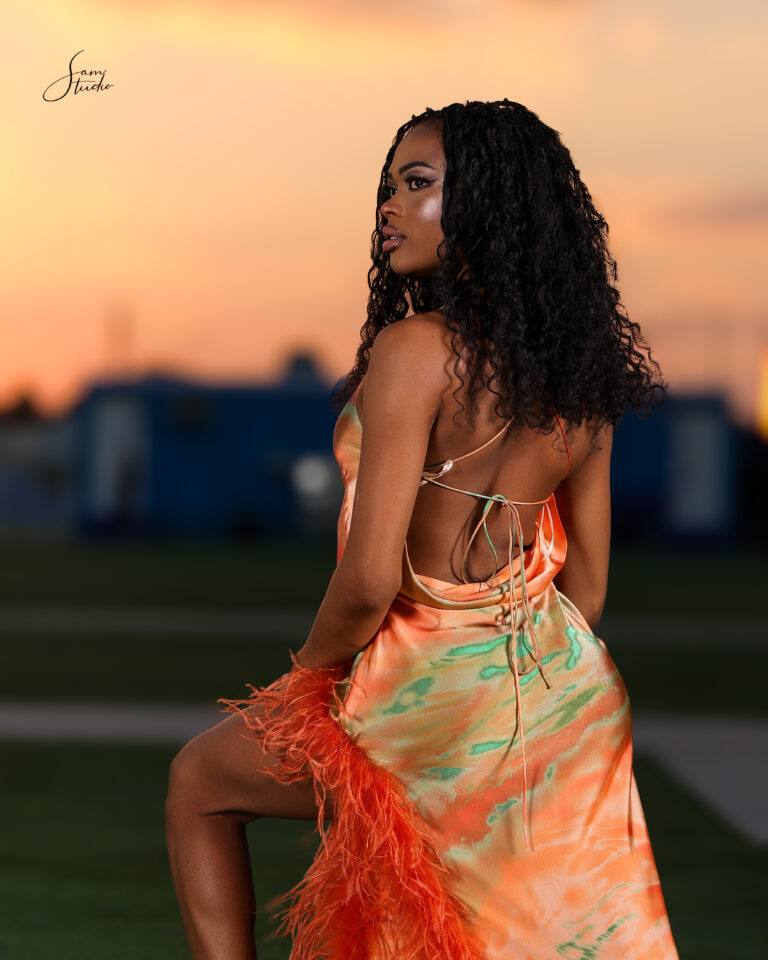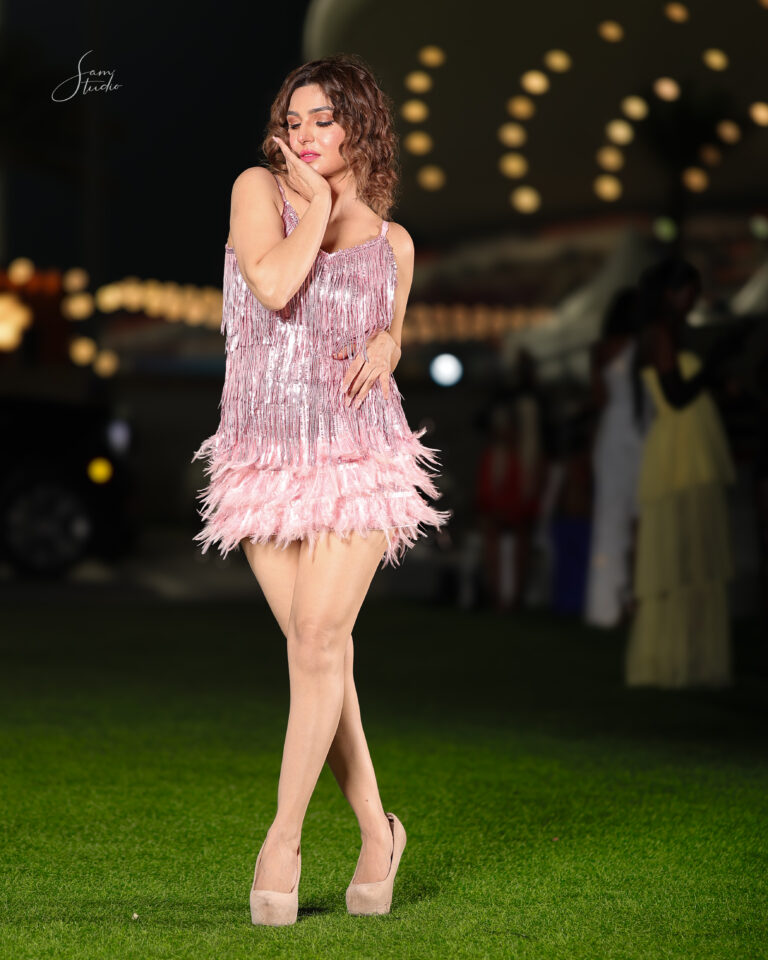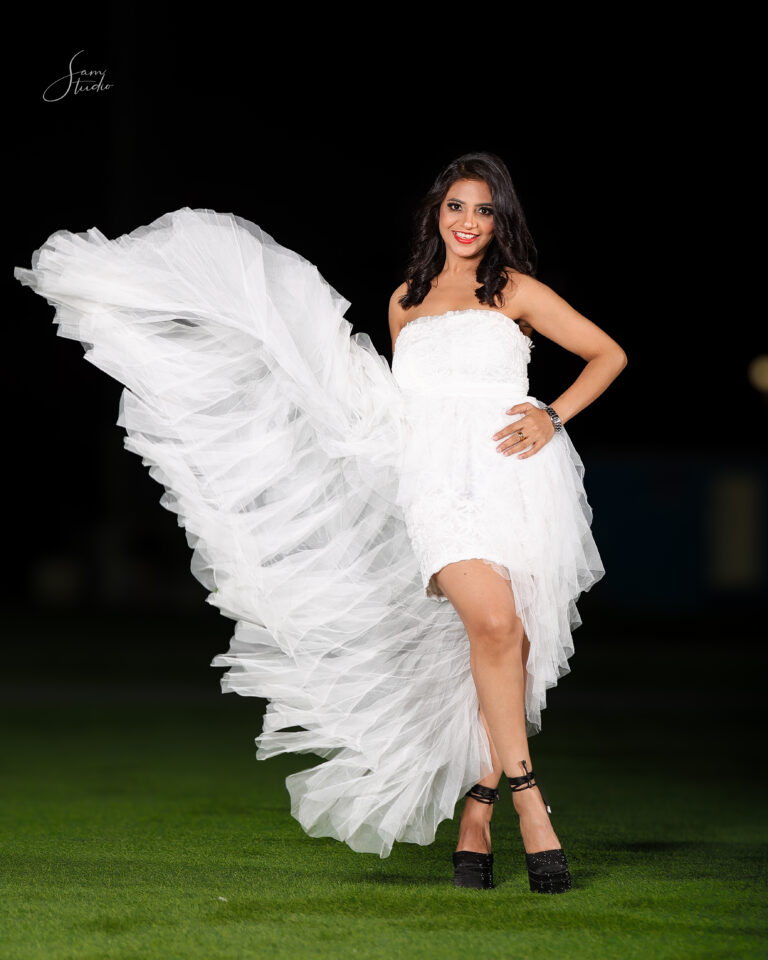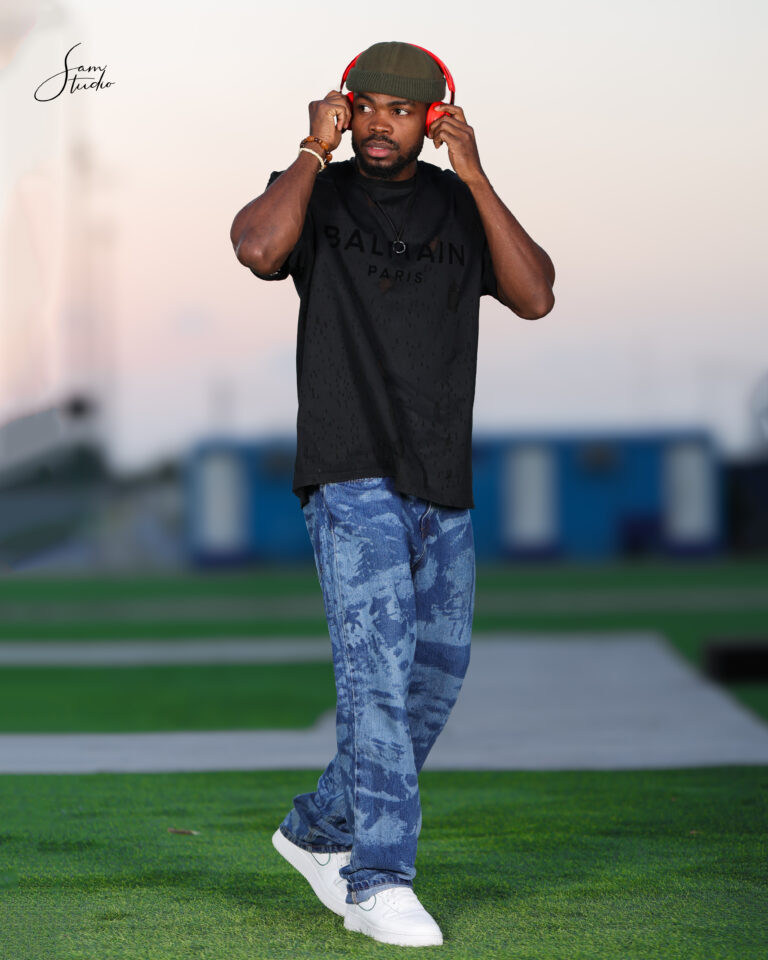The Magic Before the Spotlight: The Teams, Rituals & Preparation Behind a Fashion Show
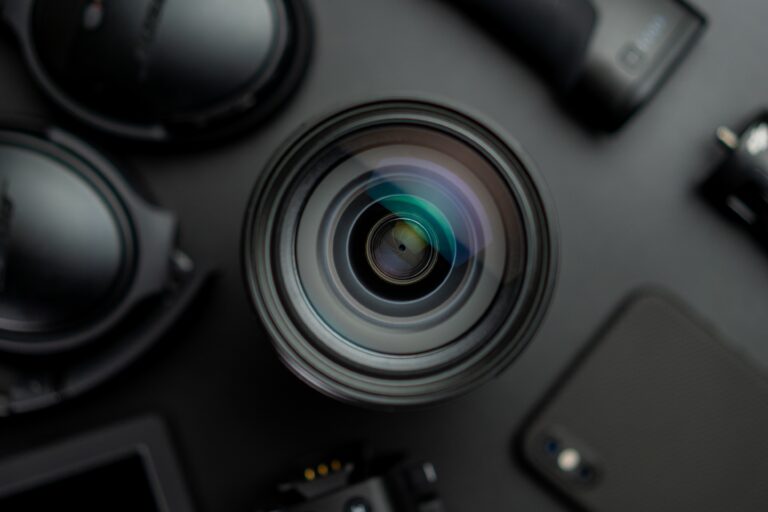
The Magic Before the Spotlight: The Teams, Rituals & Preparation Behind a Fashion Show
fashion show preparation UAE, backstage makeup Abu Dhabi, model rehearsals Dubai, fashion director workflow, runway coordination, SAM Studio fashion show, backstage teams UAE
Read Time: 11–13 minutes
Category: Fashion Production / Backstage
Read Time: 11–13 minutes
Category: Fashion Production / Backstage
🌟 INTRODUCTION:
Before the runway lights turn on, a hidden universe comes alive: makeup artists, hair teams, designers, dressers, coordinators, model bookers, casting directors, fashion directors, rehearsal instructors, and production managers.
This is the heartbeat the world never sees.
This is the heartbeat the world never sees.
1. The Makeup & Hair Team: Crafting the First Impression
Backstage makeup is not “beauty” — it is storytelling through skin.
Each brush stroke follows the theme of the show.
Makeup team duties:
Match skin tones
Hide fatigue
Create signature looks
Enhance facial structure
Ensure durability under heat
A strong backstage team elevates the entire show.
Each brush stroke follows the theme of the show.
Makeup team duties:
Match skin tones
Hide fatigue
Create signature looks
Enhance facial structure
Ensure durability under heat
A strong backstage team elevates the entire show.
2. The Fashion Director’s Vision
The fashion director is the brain of the entire show.
They translate designer ideas into:
Walk mood
Pace
Music
Order of models
Outfit transitions
Poses at runway exit
Emotional energy
At T10 Fashion Show, the fashion direction under Natalia is known for:
Precision
Creative flow
Modern elegance
Empowering the models
They translate designer ideas into:
Walk mood
Pace
Music
Order of models
Outfit transitions
Poses at runway exit
Emotional energy
At T10 Fashion Show, the fashion direction under Natalia is known for:
Precision
Creative flow
Modern elegance
Empowering the models
3. Rehearsals & Movement Training
Rehearsals include:
Pacing drills
Turn practice
Walk synchronization
Group walk formation
Backstage quick-change practice
Familiarizing models with the stage layout
Good rehearsals = zero chaos.
Pacing drills
Turn practice
Walk synchronization
Group walk formation
Backstage quick-change practice
Familiarizing models with the stage layout
Good rehearsals = zero chaos.
4. Model Coordination & Outfit Matching
Not every model fits every look.
Factors include:
Height
Skin tone
Body structure
Facial energy
Movement style
Designer’s message
Coordinators ensure:
Fittings
Outfit adjustments
Tailoring
Wardrobe safety
Avoiding last-minute mismatches
Factors include:
Height
Skin tone
Body structure
Facial energy
Movement style
Designer’s message
Coordinators ensure:
Fittings
Outfit adjustments
Tailoring
Wardrobe safety
Avoiding last-minute mismatches
5. The Emotional & Mental Side
Backstage pressure is enormous.
Models experience:
Anxiety
Excitement
Imposter syndrome
Fatigue
Fear of mistakes
Pressure to perform
Support rituals include:
Breathing exercises
Affirmations
Silent corners
Team pep talks
Quick meditation moments
Models experience:
Anxiety
Excitement
Imposter syndrome
Fatigue
Fear of mistakes
Pressure to perform
Support rituals include:
Breathing exercises
Affirmations
Silent corners
Team pep talks
Quick meditation moments
6. Food, Wellness & Energy
No starving — proper controlled fueling:
Granola
Fruits
Nuts
Water
Small carb portions
Mental wellness:
Avoiding overstimulation
Calming playlists
Short meditation
Protecting mindset
Granola
Fruits
Nuts
Water
Small carb portions
Mental wellness:
Avoiding overstimulation
Calming playlists
Short meditation
Protecting mindset
7. Presenting the Designer’s Message
Every outfit carries a message — culture, rebellion, softness, feminism, tradition, power, identity, or artistic commentary.
The team ensures:
The model understands the mood
Movements communicate the theme
Accessories align
Makeup enhances symbolism
Audience receives the intended story
Fashion show = moving art.
The team ensures:
The model understands the mood
Movements communicate the theme
Accessories align
Makeup enhances symbolism
Audience receives the intended story
Fashion show = moving art.
Other Blogs
How to build a modeling portfolio in Abu Dhabi
Inside a SAM Studio photoshoot
Mindset & wellness for UAE models
Inside a SAM Studio photoshoot
Mindset & wellness for UAE models
2 likes
4 Comments

